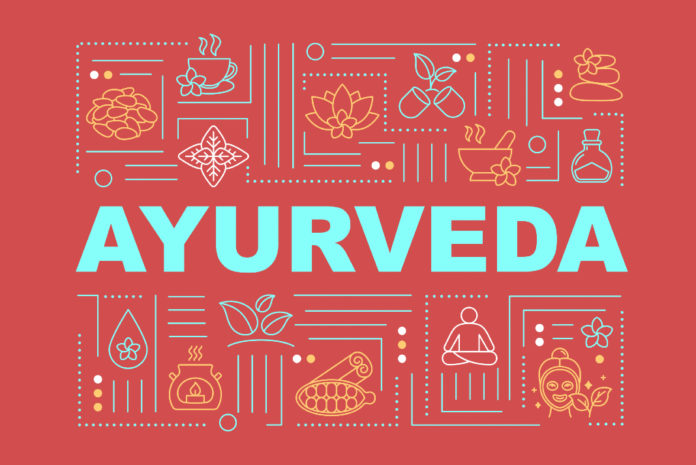Ayurvedic dieting has been around for thousands of years
To start off the beginners guide to Ayurvedic dieting, we want to first explain the concept of Ayurveda. Ayurveda is made up of the universe’s five elements (air, earth, fire, space, water) and is a holistic medicine that emphasizes on the harmony of the body and the mind.
There’s belief that these elements form three types of “doshas”, or energy that’s circulated within our body, and each one of them are accountable for our physiological functioning. Sounds pretty deep? Well let’s dig deeper into this with our beginners guide to Ayurvedic dieting.
Depending on our body type, we need to use this diet’s guidelines for when and what we should consume. Here are the characteristics of each of the three doshas, followed by the foods that promote inner balance.
Pitta (fire & water)
Intelligent, diligent, and tenacious. This dosha often has a medium physical build, a short fuse, and may be afflicted with diseases like heart disease, high blood pressure, or indigestion.
Foods: More cool and energized foods. Less spices, nuts, and seeds.
Vata (air & space)
Vibrant, active, and creative. When out of balance, this dosha, which is typically associated with slender, light-framed people, may cause problems with digestion, weariness, or anxiety.
Foods: More warm and moist foods. Limit dried fruits, raw veggies, and bitter herbs.
Kapha (earth & water)
Naturally composed, solid, and devoted. May have a bigger frame and struggle with diabetes, asthma, depression, or weight gain.
Foods: More fruits, veggies, and legumes. Less nuts and seeds.
Aside from promoting weight loss, Ayurvedic dieting encourages eating whole foods and less processed foods, while practicing mindfulness to how we feel when we eat. Mindful eating can improve our relationship with food and our self-control.
To conclude our beginners guide to Ayurvedic dieting, we’ve listed all the specific foods for each dosha. Enjoy.
Pitta
Protein: egg whites, poultry, tofu
Dairy: butter, ghee, milk
Fruits: oranges, pears, pineapples, bananas, melons, mangoes
Vegetables: cabbage, carrots, cauliflower, celery, cucumber, leafy greens, sweet potatoes, squash, zucchini Legumes: beans chickpeas, lentils
Grains: basmati rice, barley, oats, wheat
Nuts and seeds: pumpkin seeds, flax seeds, sunflower seeds, coconut
Herbs and spices: black pepper, cumin, cinnamon, cilantro, dill, turmeric
Vata
Protein: poultry, seafood, tofu
Dairy: butter, cheese, ghee, milk, yogurt
Fruits: bananas, blueberries, strawberries, grapefruit, mangoes, peaches, plums
Vegetables: cooked beets, carrots, onions, sweet potatoes, radishes, turnips, green beans
Legumes: chickpeas, lentils, mung beans
Grains: cooked oats and rice
Nuts and seeds: almonds, walnuts, pistachios, chia seeds, flax seeds, sunflower seeds
Herbs and spices: basil, lack pepper, cardamom, cumin, ginger, oregano, thyme
Kapha
Protein: egg whites, poultry, seafood
Dairy: goat milk, skim milk, soy milk
Fruits: apples, blueberries, pears, pomegranates, cherries, raisins, figs, prunes
Vegetables: asparagus, leafy greens, onions, potatoes, mushrooms, radishes, okra
Legumes: black beans, chickpeas, lentils
Grains: oats, rye, buckwheat, barley, corn, millet
Nuts and seeds: pumpkin seeds, sunflower seeds, flax seeds
Herbs and spices: basil, black pepper, cinnamon, cumin, ginger, turmeric, oregano, thyme
